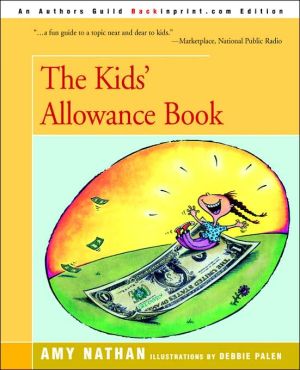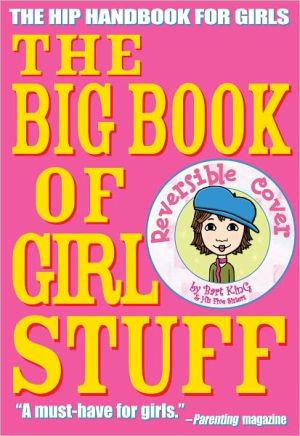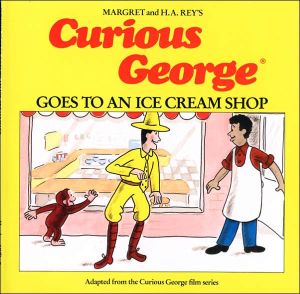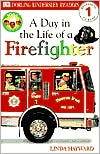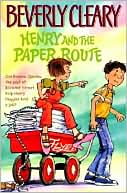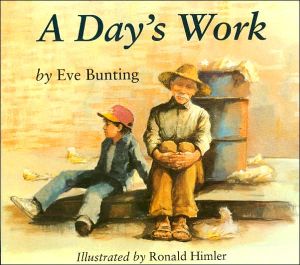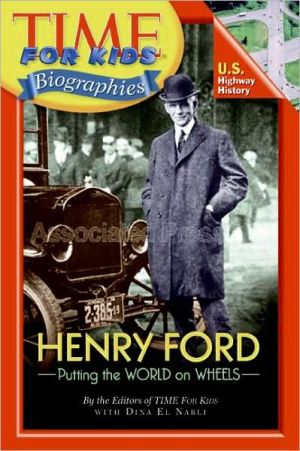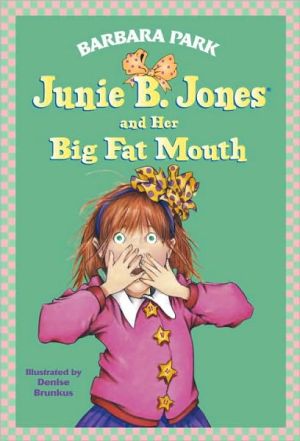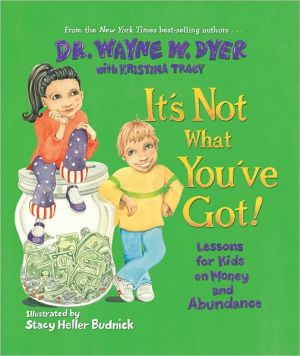The Kids' Allowance Book
"A completely charming discussion of allowances.communicates some of life's important skills in a way that is fun and practical."\ -Kirkus Reviews\ "Well worth the investment."\ -School Library Journal\ This lively book answers families' questions about allowances: How much to give? When to start? How to set it up? How to keep kids from blowing it? Written for kids, but vital for parents, the book's advice comes from the Allowance All-Star Squad, 166 kids who have tackled tons of allowance...
Search in google:
A guide to all aspects of allowances, including how to get one, how to save it, and how to use it wisely.School Library JournalGr 4-7-This book presents the responses of 166 kids to questions about the pros and cons of allowances, how to convince parents to give them, how they're allocated, and whether and how they should be tied to chores. Nathan also presents the children's ideas on a variety of possible structures, from a regular schedule of specific chores to the "just because" plan, where youngsters get allowances as their share of family income but may be expected to do a share of the work. Children's suggestions for reminding parents to pay, asking for more money, keeping track of finances, and repairing broken agreements round out the manual. A "Troubleshooting Guide," addressing specific problems; a brief resource list; and an account of how the children (and a few parents) were polled round out the guide. The writing style closely follows the consumer-friendly practicality of Zillions magazine, breezy vocabulary and all. The book is clearly written, and situations are described broadly enough for wide application; oversimplification is not a problem. Loony black-and-white cartoons add fun but no information to the text. There is a lot of new material here for those who are interested in a fair amount of detail. Steven Otfinoski's excellent The Kid's Guide to Money (Scholastic, 1996) offers just three pages on allowances before devoting more than 100 pages to other sources of income. With its popular but little-covered topic, logical organization, and attractive style, this book is well worth the investment.-Jonathan Betz-Zall, Sno-Isle Regional Library System, Edmonds, WA
\ School Library JournalGr 4-7-This book presents the responses of 166 kids to questions about the pros and cons of allowances, how to convince parents to give them, how they're allocated, and whether and how they should be tied to chores. Nathan also presents the children's ideas on a variety of possible structures, from a regular schedule of specific chores to the "just because" plan, where youngsters get allowances as their share of family income but may be expected to do a share of the work. Children's suggestions for reminding parents to pay, asking for more money, keeping track of finances, and repairing broken agreements round out the manual. A "Troubleshooting Guide," addressing specific problems; a brief resource list; and an account of how the children (and a few parents) were polled round out the guide. The writing style closely follows the consumer-friendly practicality of Zillions magazine, breezy vocabulary and all. The book is clearly written, and situations are described broadly enough for wide application; oversimplification is not a problem. Loony black-and-white cartoons add fun but no information to the text. There is a lot of new material here for those who are interested in a fair amount of detail. Steven Otfinoski's excellent The Kid's Guide to Money (Scholastic, 1996) offers just three pages on allowances before devoting more than 100 pages to other sources of income. With its popular but little-covered topic, logical organization, and attractive style, this book is well worth the investment.-Jonathan Betz-Zall, Sno-Isle Regional Library System, Edmonds, WA\ \ \ \ \ Kirkus ReviewsA completely charming discussion of allowances for kids, covering how to get one, how much to receive, whether allowances should be tied to chores, how to get paid on time, how to get a raise, and how to hang on to the cash and make the most of it. Nathan surveyed 166 kids from ages 9þ14 who all receive allowances: "An allowance makes me feel like I don't have to depend on my parents for everything," "it makes me feel more grown up," "an allowance makes saving easier," and "isn't it better to learn with small sums than to goof up big time with big bucks later?" They also found that learning to negotiate with their parents over money taught them skills for "all the conversations on other issues that come up between parents and kids." By bringing the comments together and supplying her own wisdom, too, Nathan makes the subject of money open and manageable. With charts from Zillions and Nickelodeon surveys, and illustrated with comic cartoons throughout, this self-help manual communicates some of life's important skills in a way that is fun and practical. (Nonfiction. 8-12)\ \
